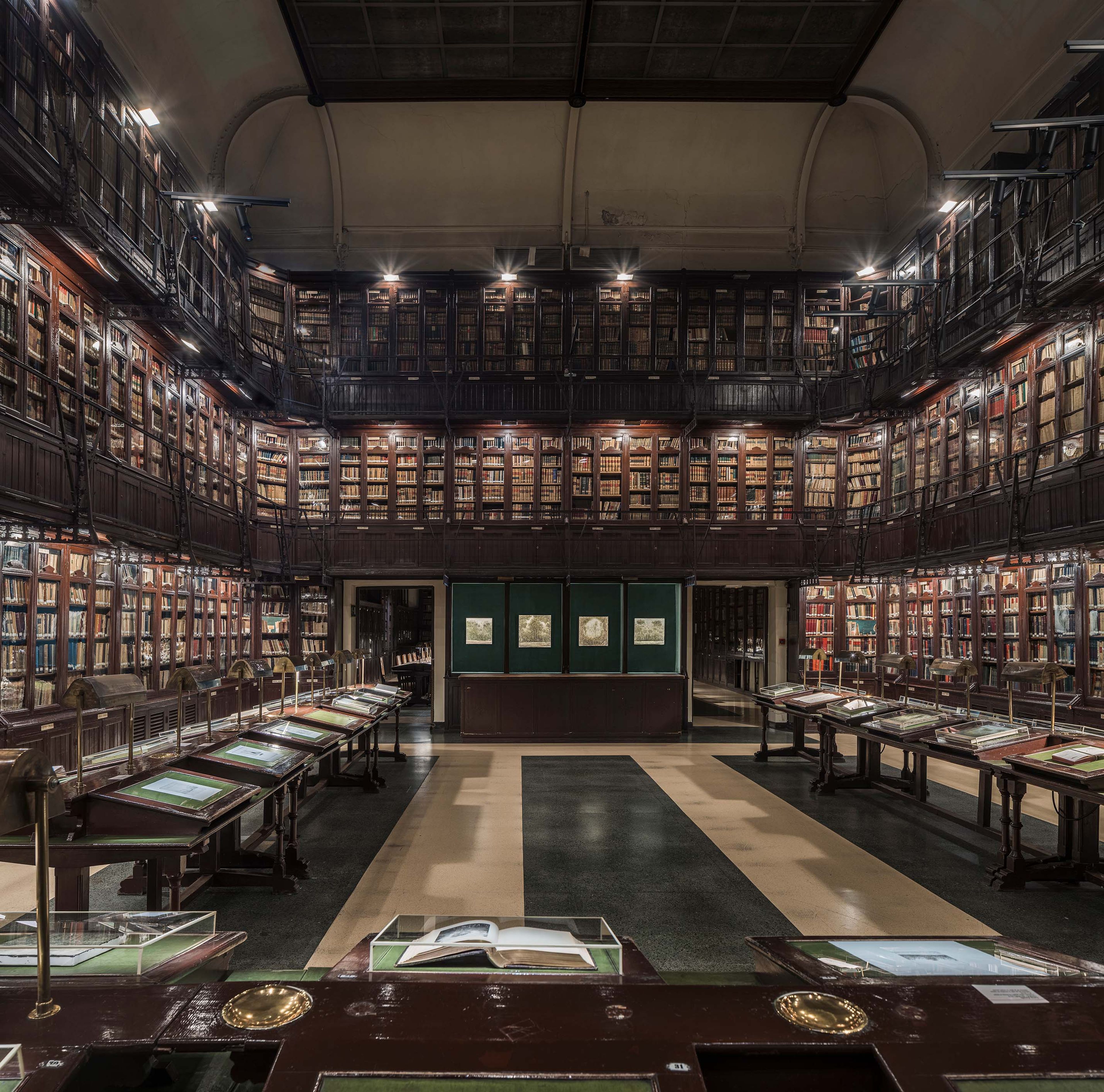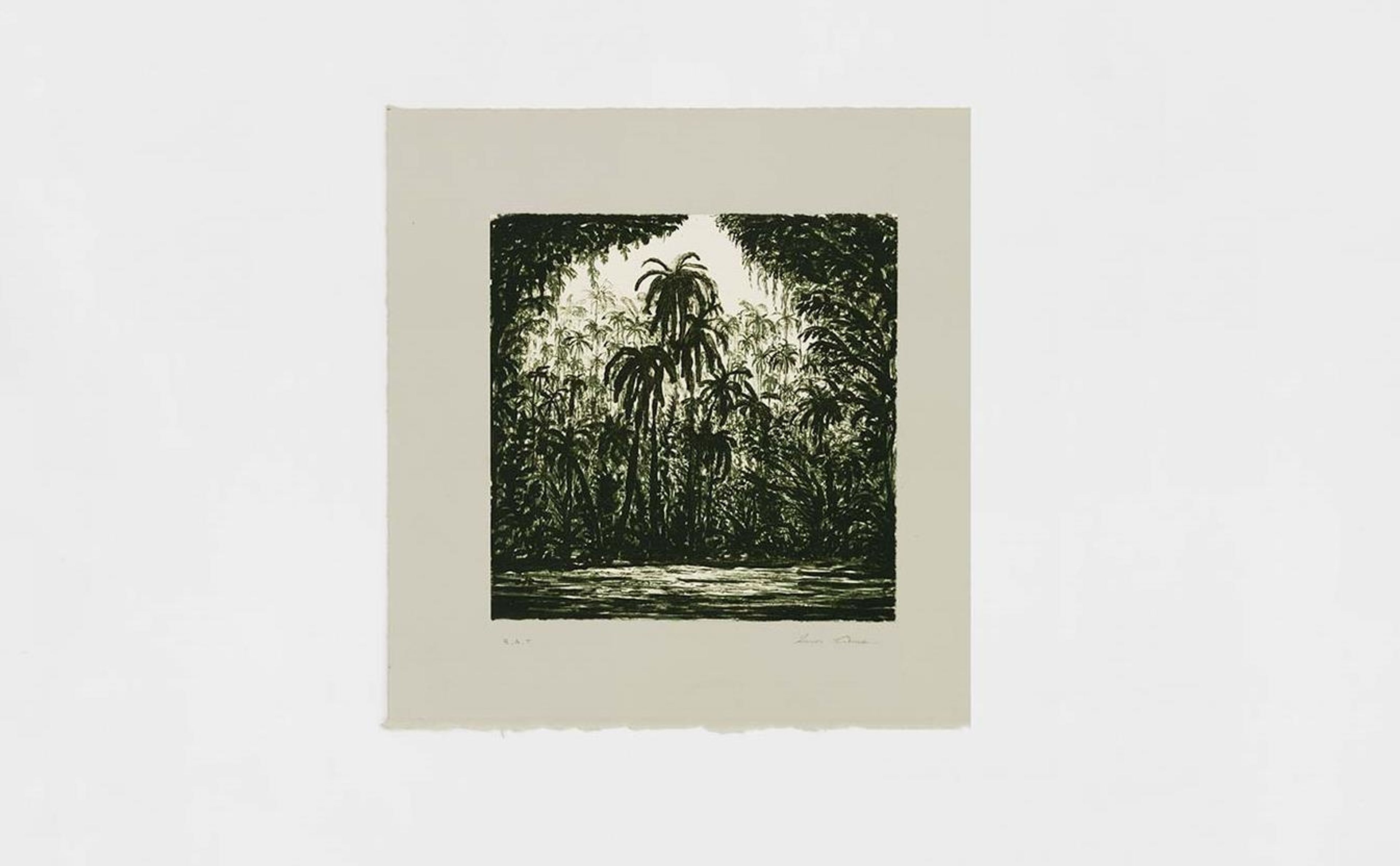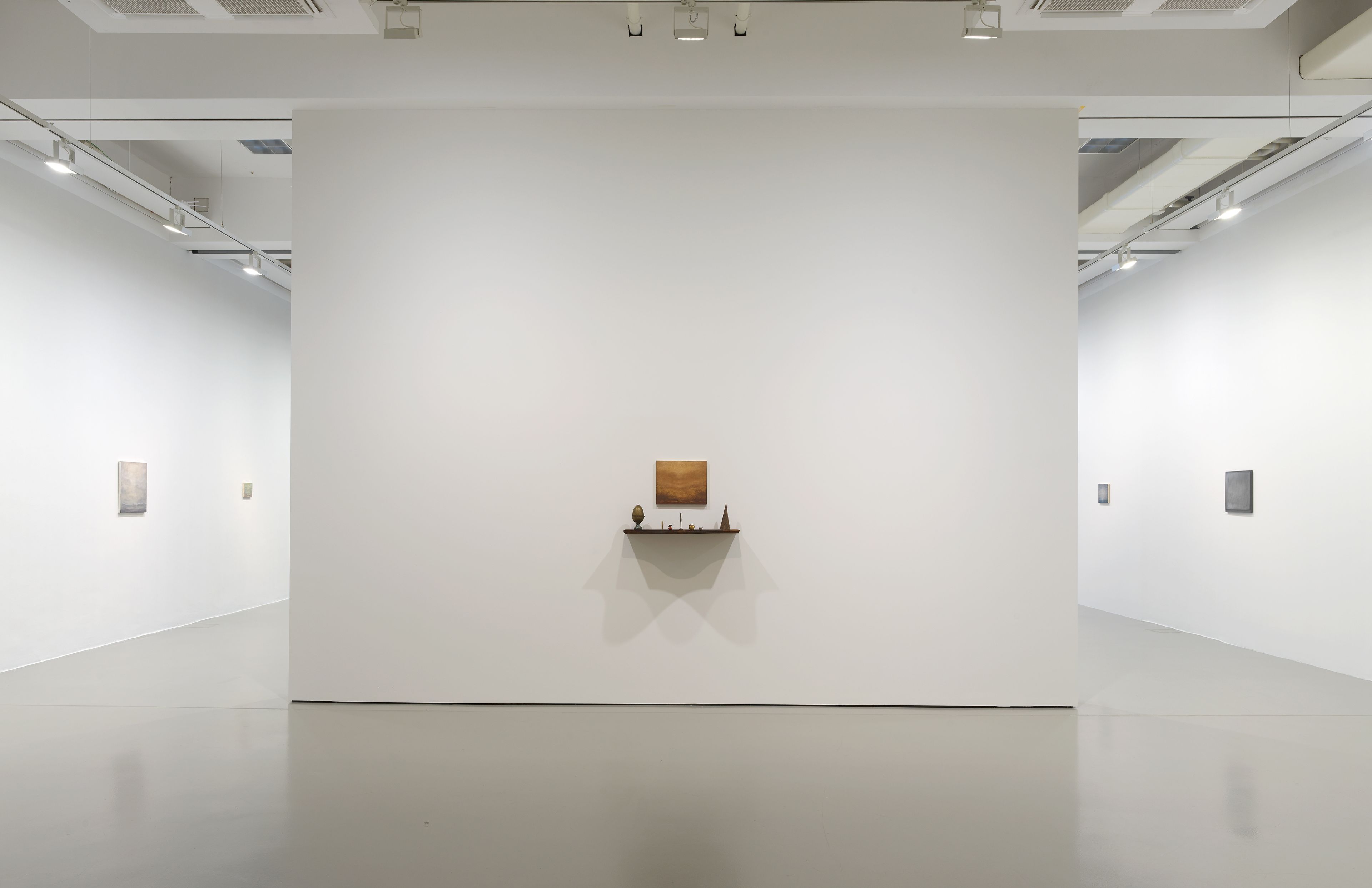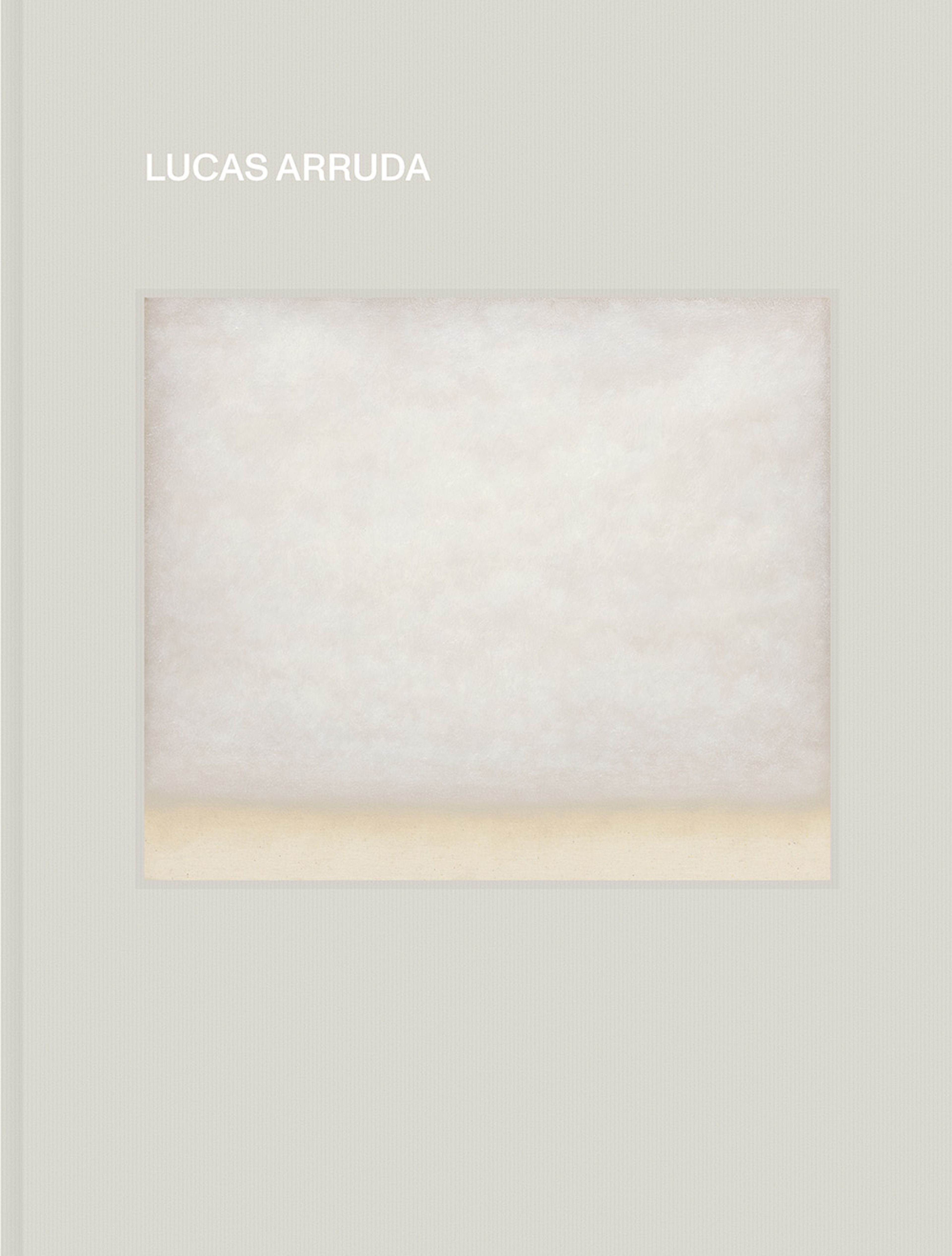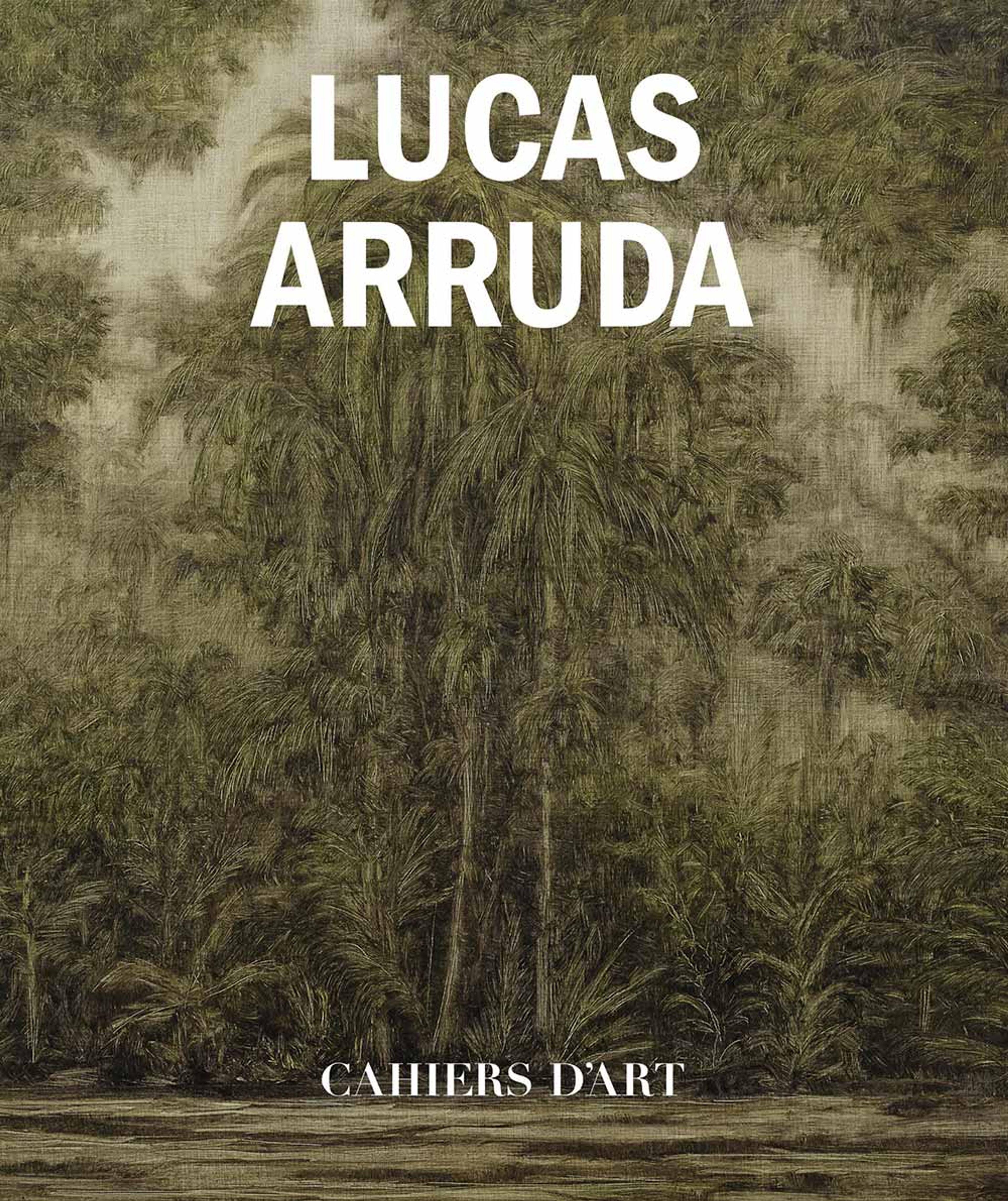Lucas Arruda
Brazilian painter Lucas Arruda’s (b. 1983) meditative compositions blur the lines between mnemonic and imaginative registers. His evocative landscapes are more a product of a state of mind than any particular locale. As he notes, "The only reason to call my works landscapes is cultural—it’s simply that viewers automatically register my format as a landscape, although none of the images can be traced to a geographic location. It’s the idea of landscape as a structure, rather than a real place."
Learn MoreSurvey
Exhibitions
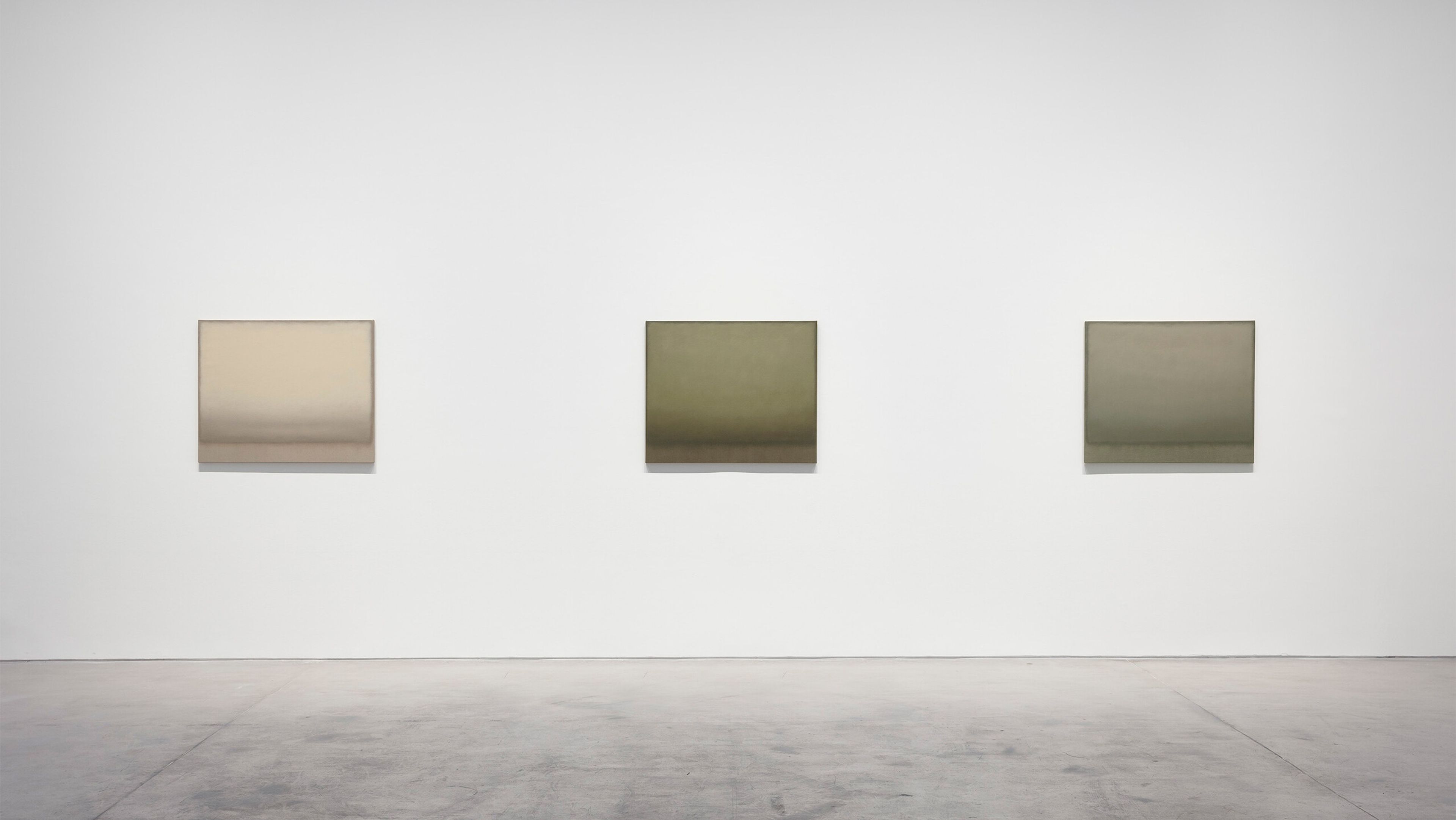
Explore Exhibitions
Artist News
Biography
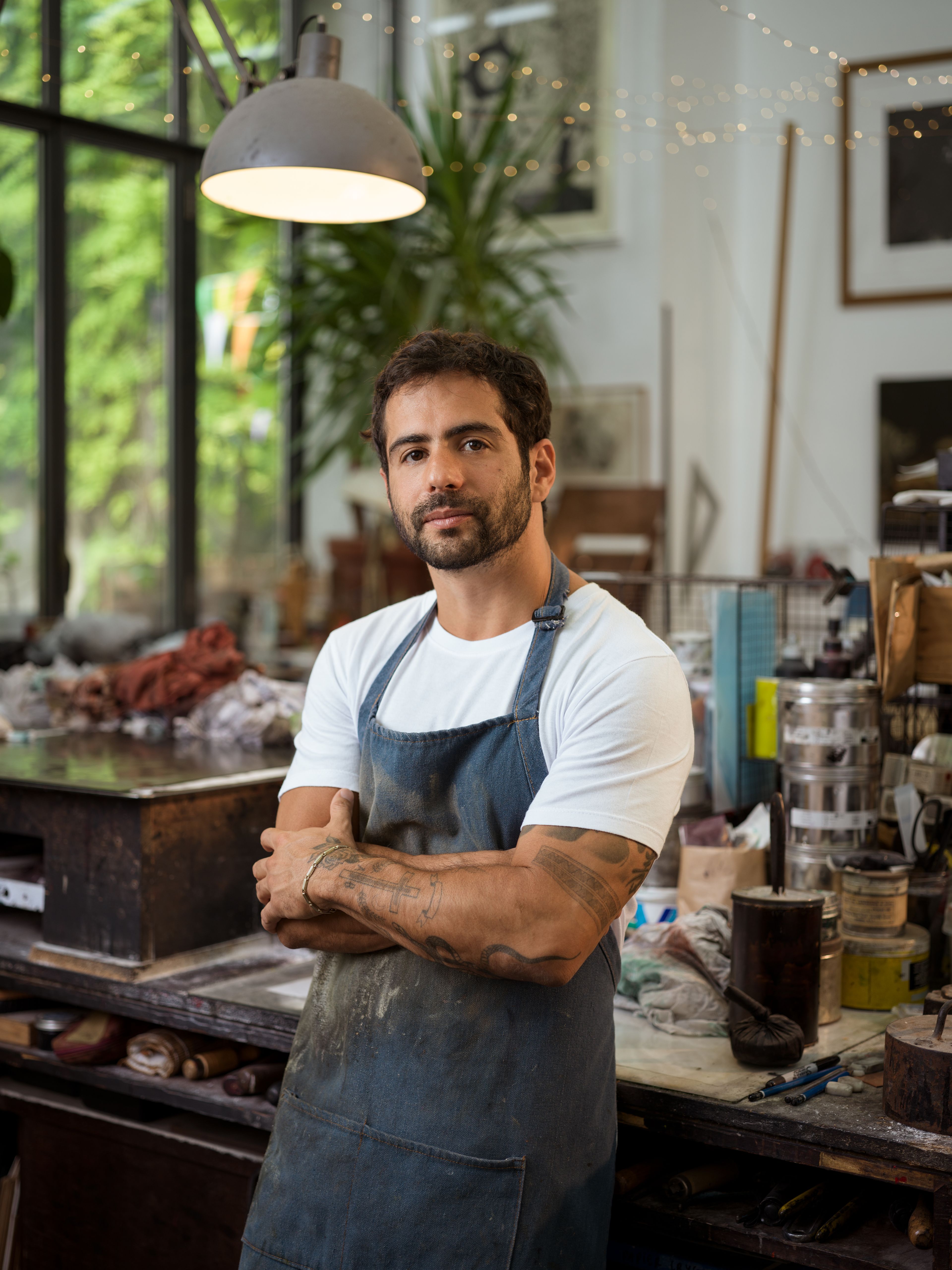
Lucas Arruda at the print shop René Tazé, Paris, 2023. Photo by Matthew Avignone
Brazilian painter Lucas Arruda (b. 1983) is known for his intricate, meditative compositions that blur the boundaries between mnemonic and imaginative registers. His evocative landscapes are more a product of a state of mind than depictions of particular locales. As he has noted, “The only reason to call my works landscapes is cultural—it’s simply that viewers automatically register my format as a landscape, although none of the images can be traced to a geographic location. It's the idea of landscape as a structure, rather than a real place.”1
Born in 1983 in São Paulo, Brazil, Arruda received his BFA from Faculdade Santa Marcelina, São Paulo, in 2009. In 2025, paintings by Arruda were on display in the Impressionist Gallery of the Musée d’Orsay, Paris, in a special presentation titled Qu’importe le paysage. Also on view in 2025 was a solo exhibition of the artist’s work, Deserto-Modelo, presented by the Carré d’Art-Musée d’art contemporain in Nîmes, France. A site-specific presentation of Arruda’s work was held at Daitoku-ji Ōbai-in Temple, Kyoto, in 2024. In 2023, Arruda’s work was on view in Assum Preto, a site-specific solo exhibition, curated by Hans Ulrich Obrist, that was presented in the library of the Ateneo de Madrid. A solo exhibition of the artist's work, Lugar sem Lugar, was on view at Fundação Iberê Camargo, Porto Alegre, Brazil, in 2021, and traveled to Instituto Tomie Ohtake, São Paulo, in 2022. The artist’s first large-scale institutional solo show, Deserto-Modelo, was on view at the Fridericianum, Kassel, Germany, in 2019. Arruda’s work has also been included in numerous prominent group exhibitions worldwide, including Natureculture, Fondation Beyeler, Basel (2021); Aprendendo com Miguel Bakun: Subtropical, Instituto Tomie Ohtake, São Paulo (2019); and Luogo e Segni, Punta della Dogana, Venice (2019). In October 2024, Arruda's work was on view at the Museu de Arte Moderna de São Paulo as part of 1000º, the 38th edition of the Panorama da Arte Brasileira biennial exhibition.
In 2018, a monograph on the artist was published by Éditions Cahiers d’Art, Paris, with texts by Fernanda Brenner, Chris Sharp, and Hans Ulrich Obrist. In 2020, David Zwirner Books published a comprehensive monograph on Arruda’s work, with texts by Will Chancellor and Barry Schwabsky. In 2022, the Fridericianum, Kassel, published an accompanying catalogue to the artist’s 2019 solo exhibition, with texts by Vincenzo de Bellis, Fernanda Brenner, Marlene Bürgi, Lilian Tone, Theodora Vischer, and Moritz Wesseler.
Arruda’s work has been represented by David Zwirner since 2018, and he has had multiple solo exhibitions with the gallery in London (2017), New York (2019), and Paris (2022). In May 2024, David Zwirner New York presented a solo exhibition of Arruda’s work titled Assum Preto.
His work is included in the collections of the Art Institute of Chicago; Boros Collection, Berlin; Buffalo AKG Art Museum, Buffalo, New York; Centre Pompidou, Paris; Fondation Beyeler, Basel; Fondazione Sandretto Re Rebaudengo, Turin; Hirshhorn Museum and Sculpture Garden, Washington, DC; Institute of Contemporary Art, Miami; K11 Art Foundation, Hong Kong; Kunstmuseum Den Haag, The Hague, the Netherlands; Long Museum, Shanghai; M Woods Museum, Beijing; Moderna Museet, Stockholm; Museo Jumex, Mexico City; Museu de arte de São Paulo Assis Chateaubriand (MASP); Museum of Fine Arts, Boston; Museum Ludwig, Cologne; Pérez Art Museum, Miami; Pinacoteca do Estado de São Paulo; Pinault Collection, Paris; Rockbund Art Museum, Shanghai; Rubell Museum, Miami; Solomon R. Guggenheim Museum, New York; Stedelijk Museum, Amsterdam; Tate, United Kingdom; TBA21 Thyssen-Bornemisza Art Contemporary, Madrid; and the X Museum, Beijing. Arruda lives and works in São Paulo.
1 The artist cited in Angeria Rigamonti di Cutò, “Lucas Arruda: ‘The only reason to call my works landscapes is cultural,’” studiointernational.com (September 19, 2017).
Selected Press
Selected Titles

Request more information
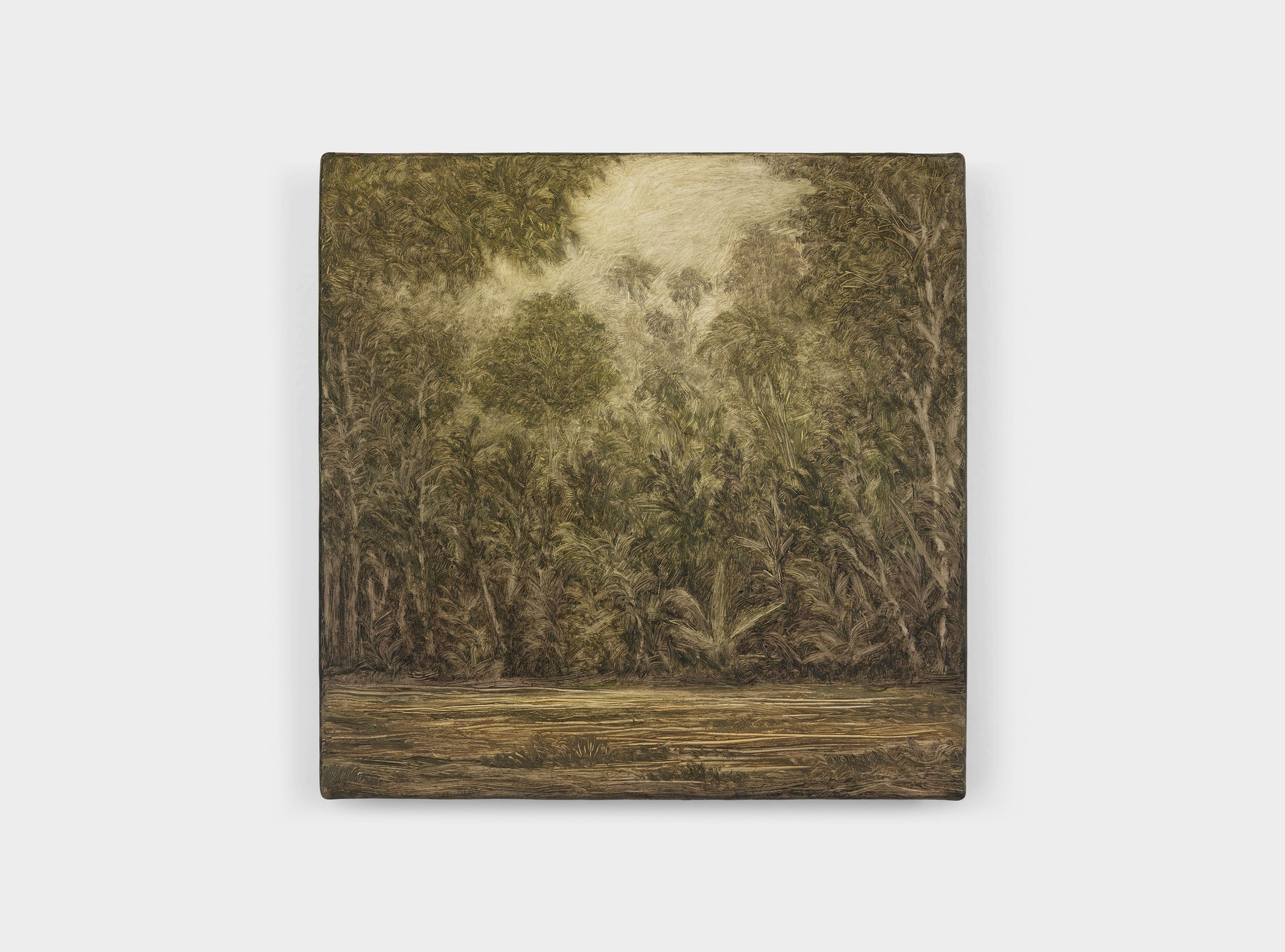
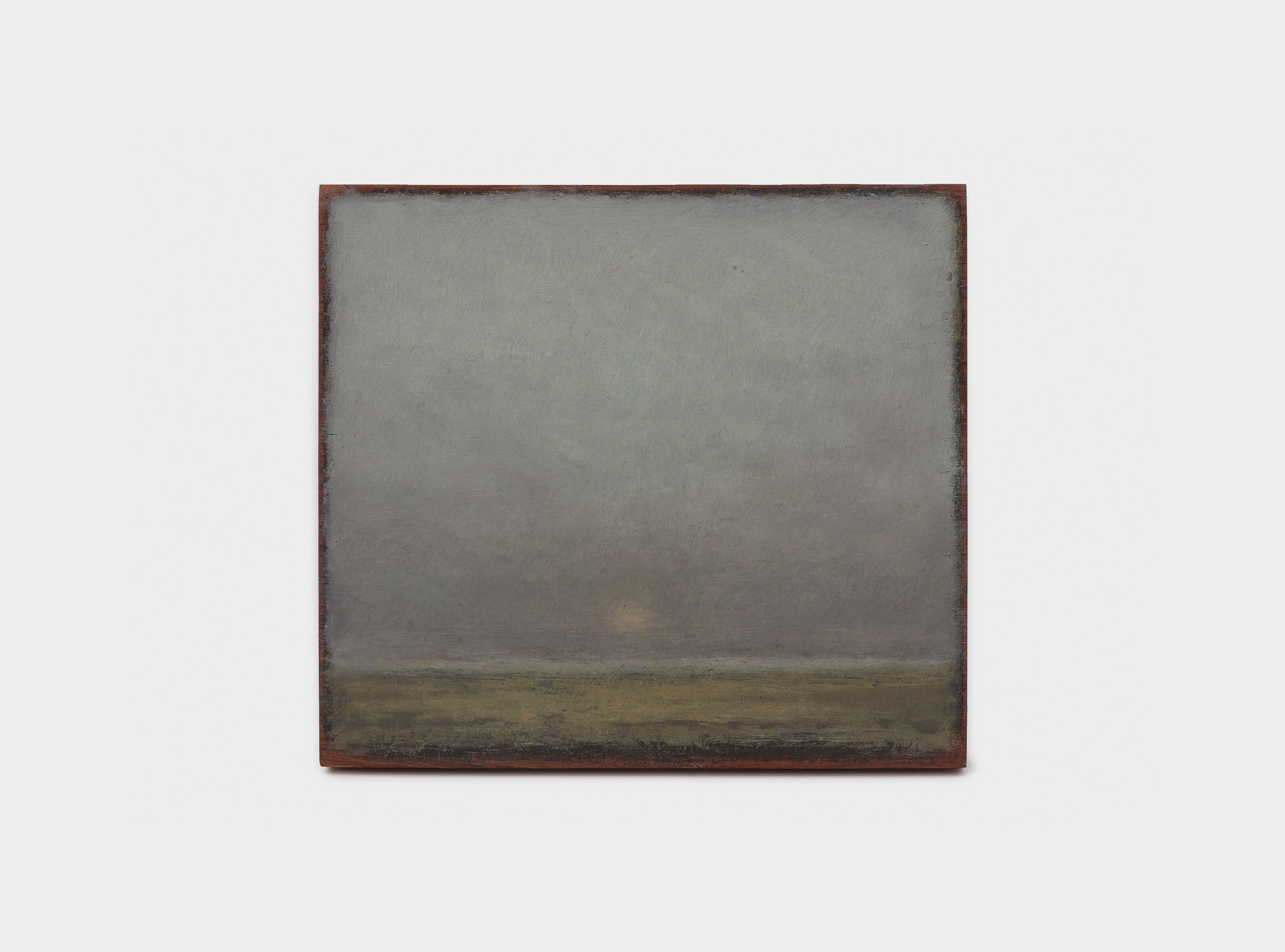
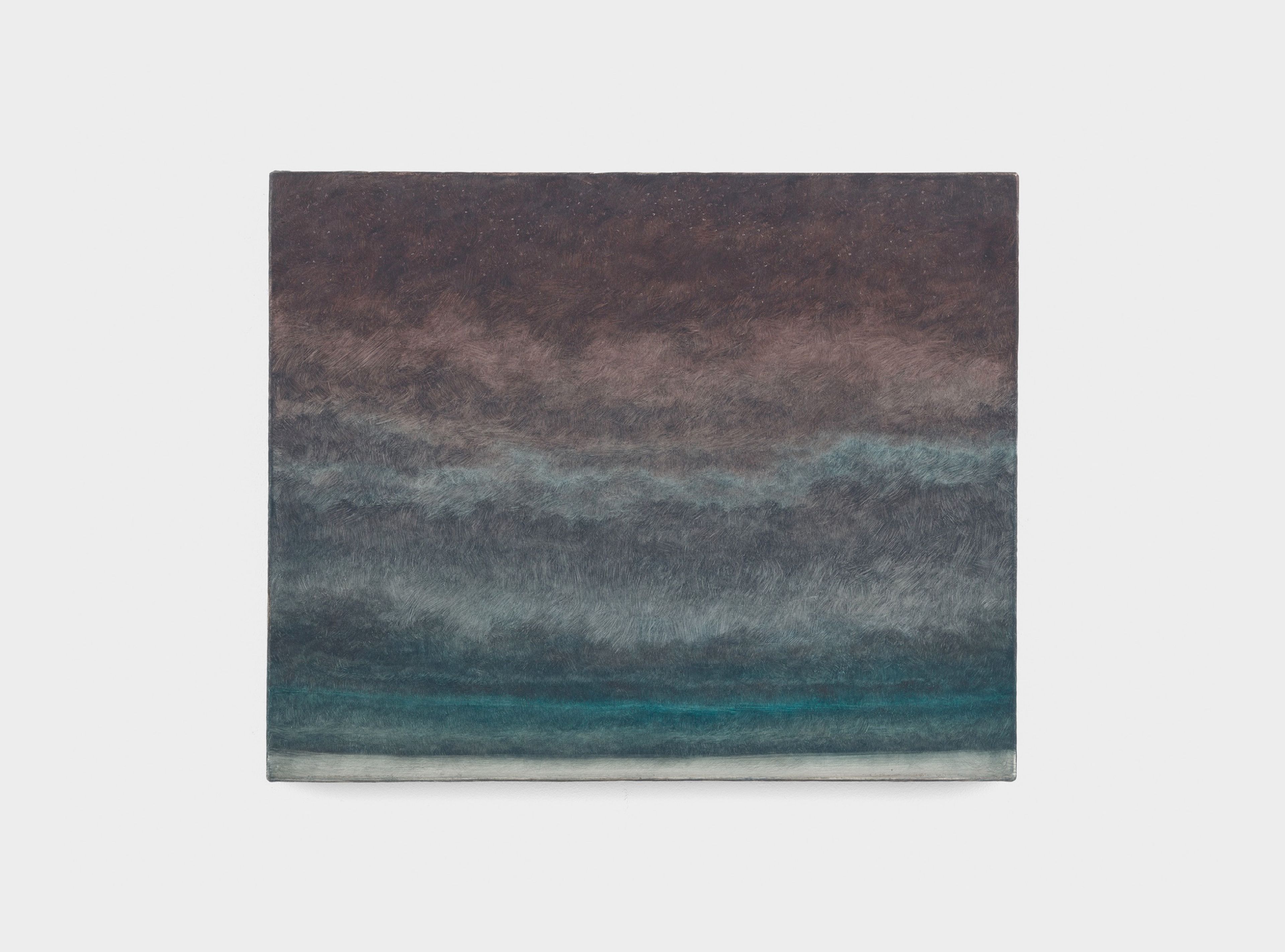
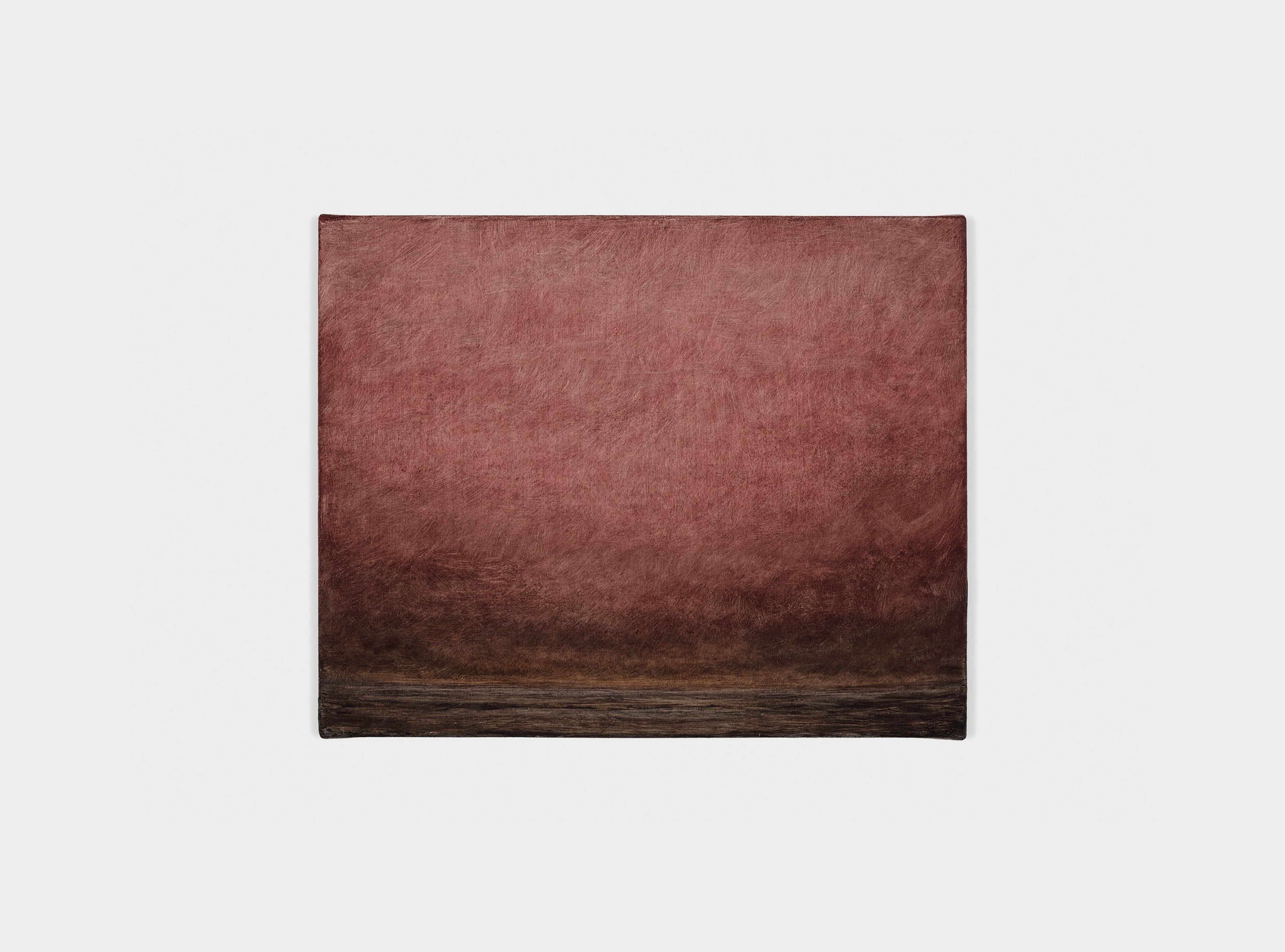

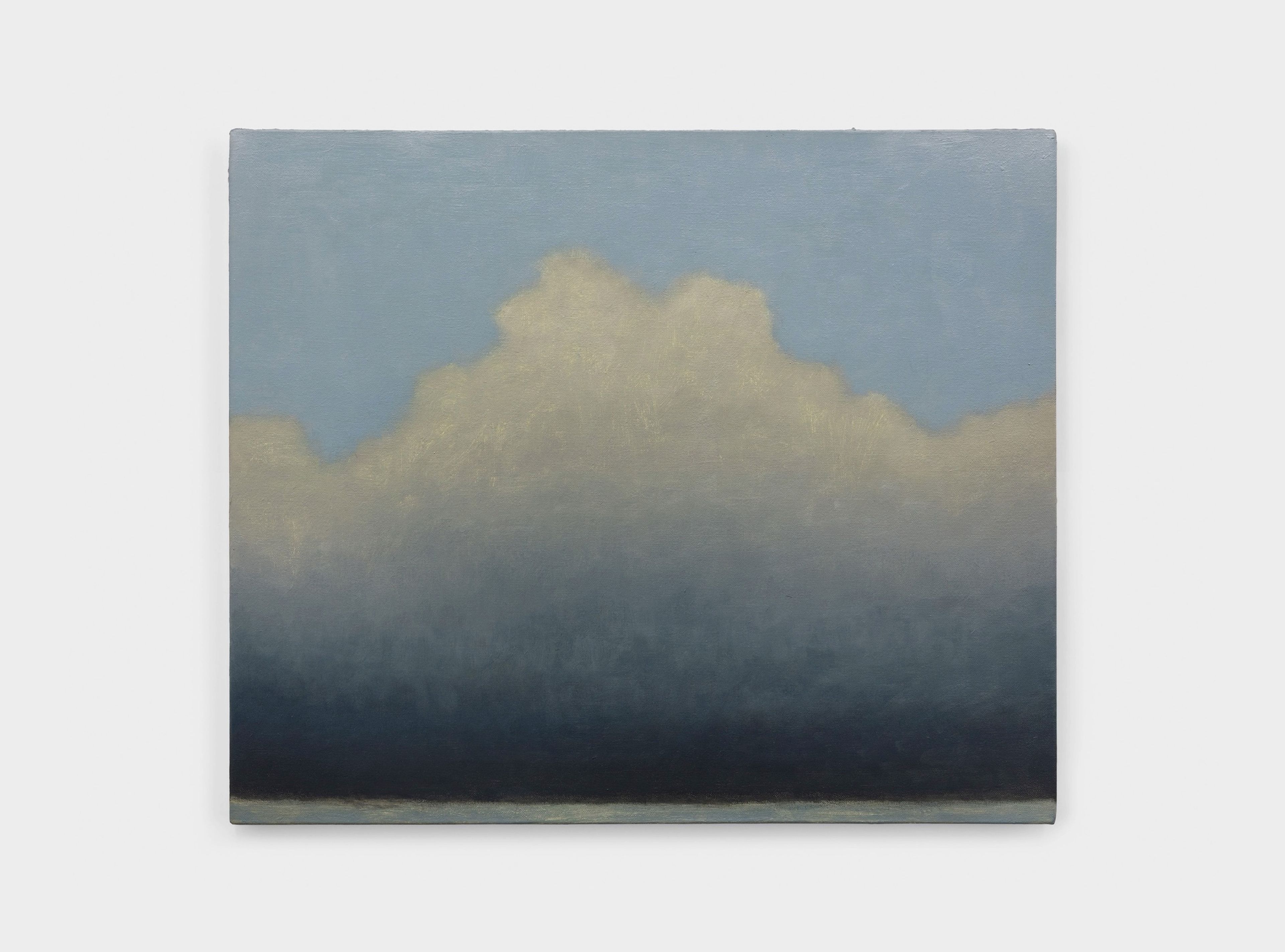
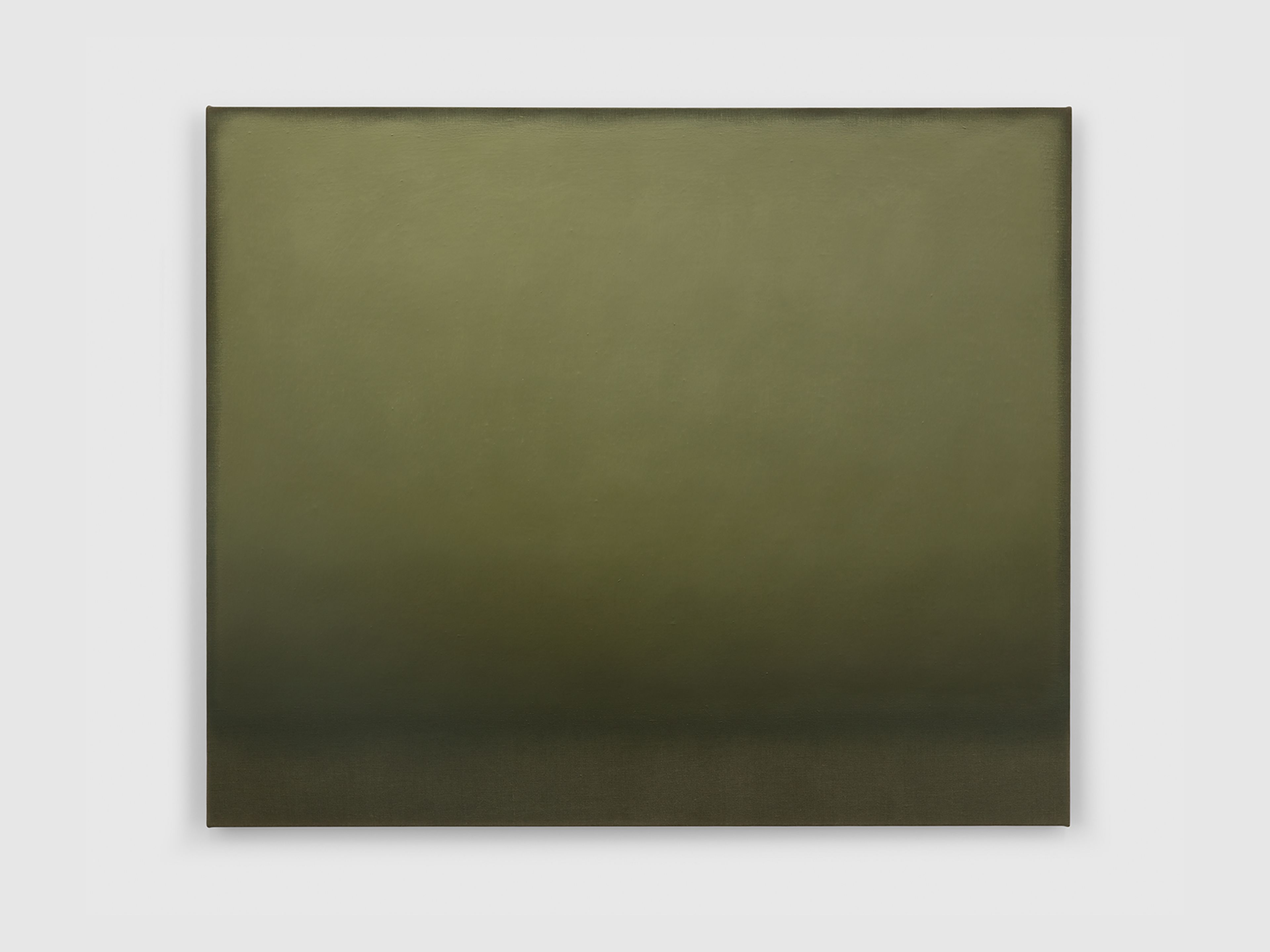
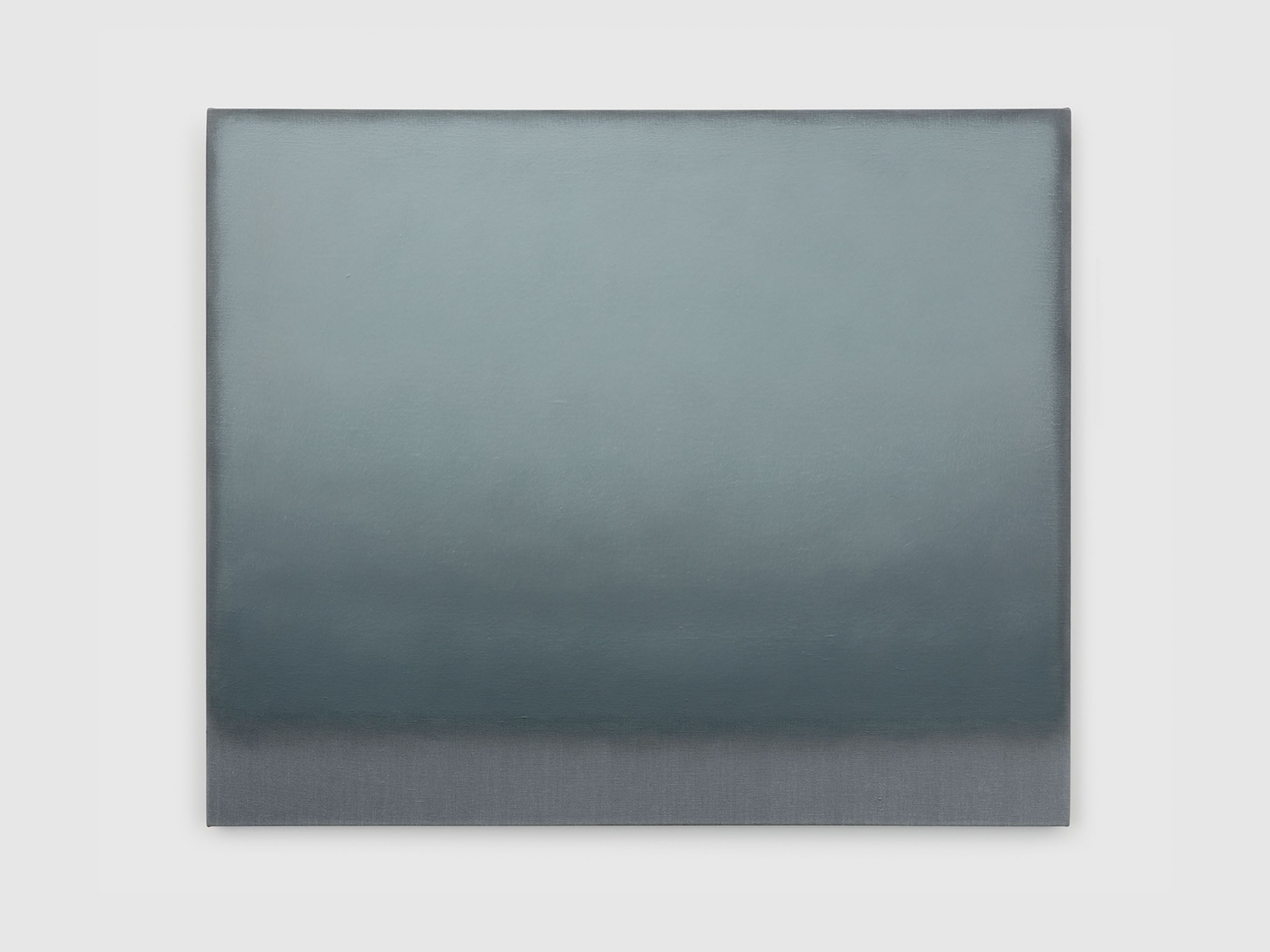
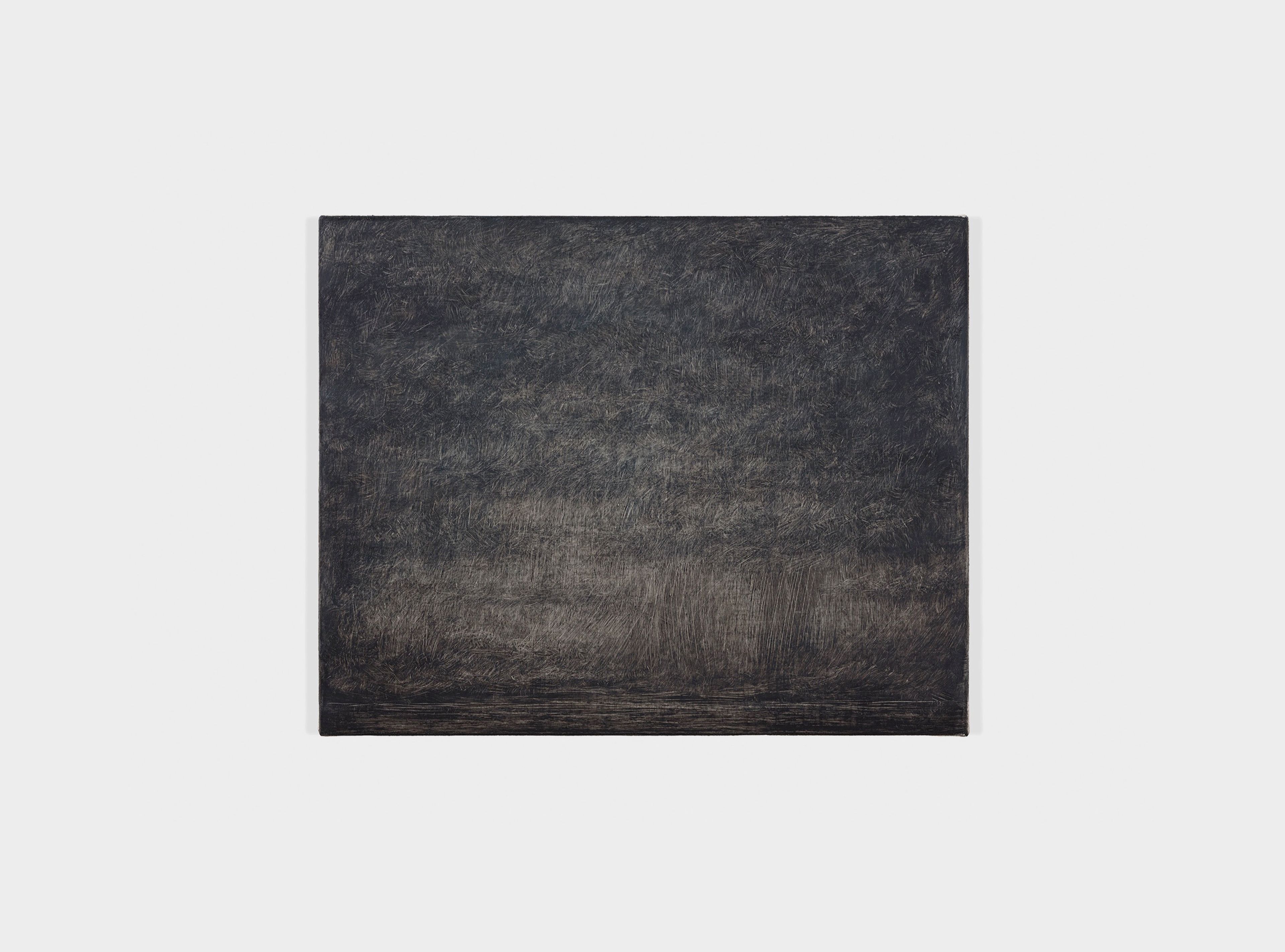
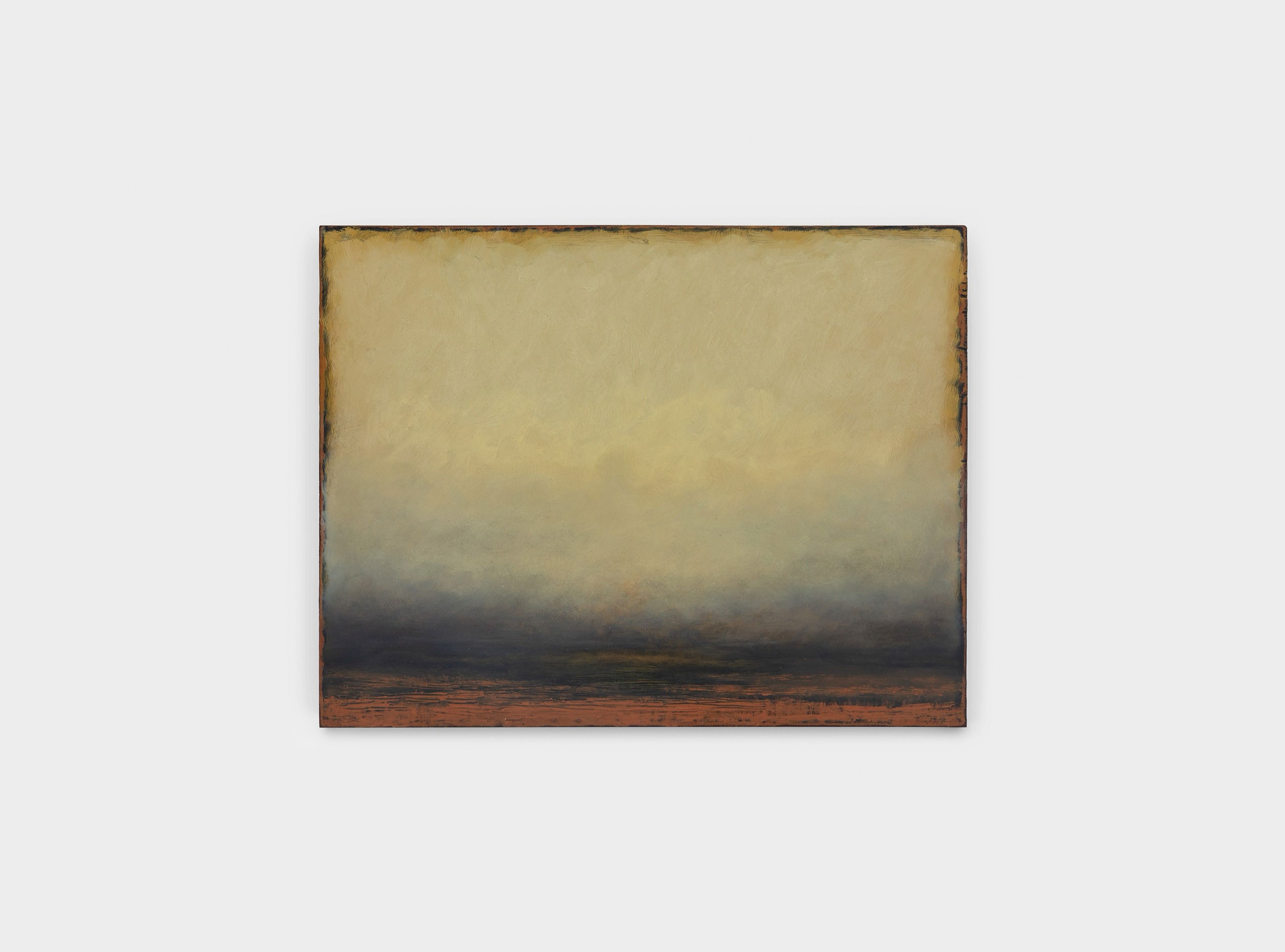



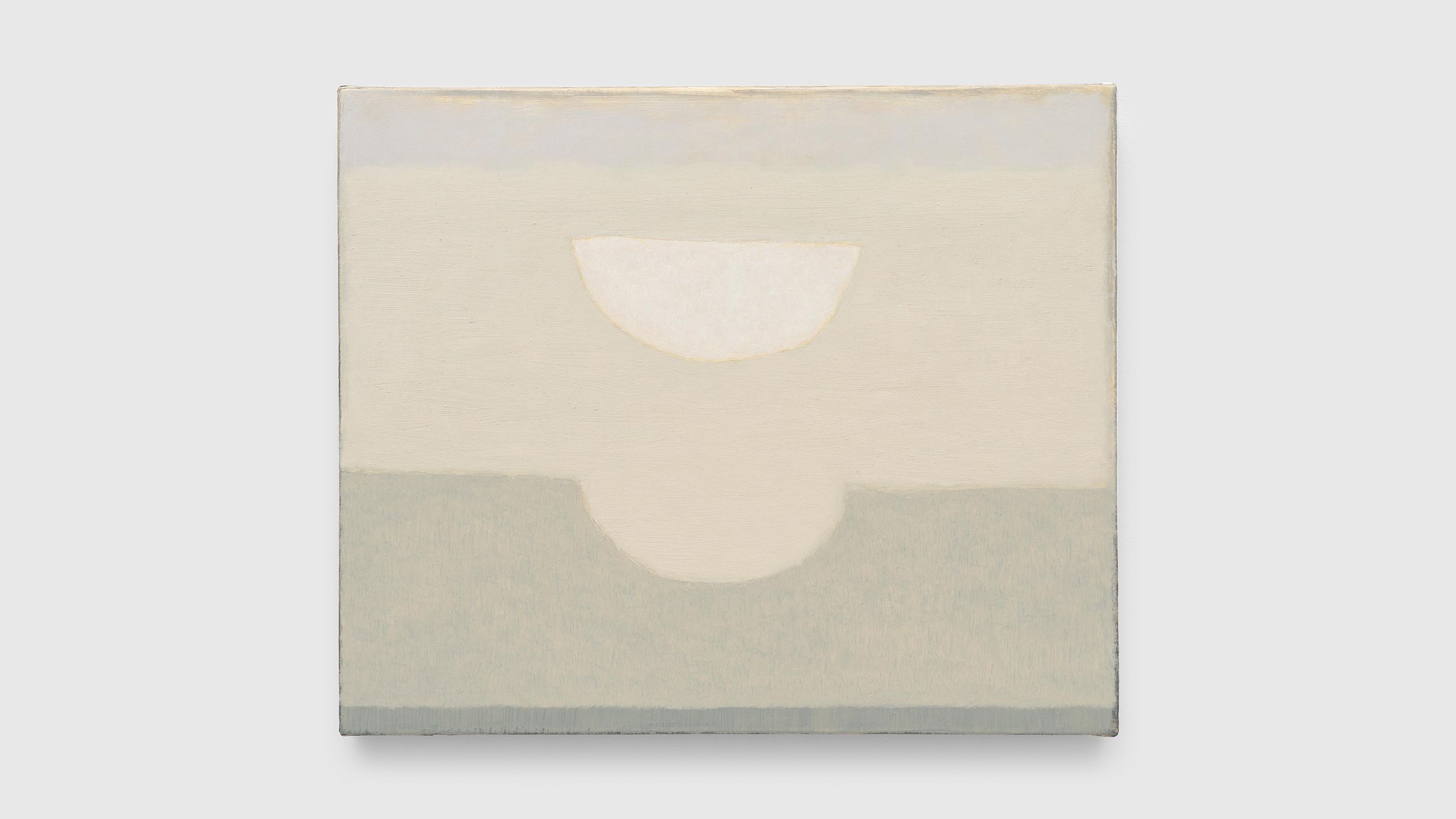
![vInstallation view of Lucas Arruda in 38th Panorama of Brazilian Art: Mil graus [A thousand degrees], at the Museum of Contemporary Art at the University of São Paulo, in Sao Paolo, Brazil, dated 2023.](https://cdn.sanity.io/images/juzvn5an/release-adp/f31aff79450faac9c022bdf4d09ebc15c791b3e4-7746x5164.jpg?w=3840)
